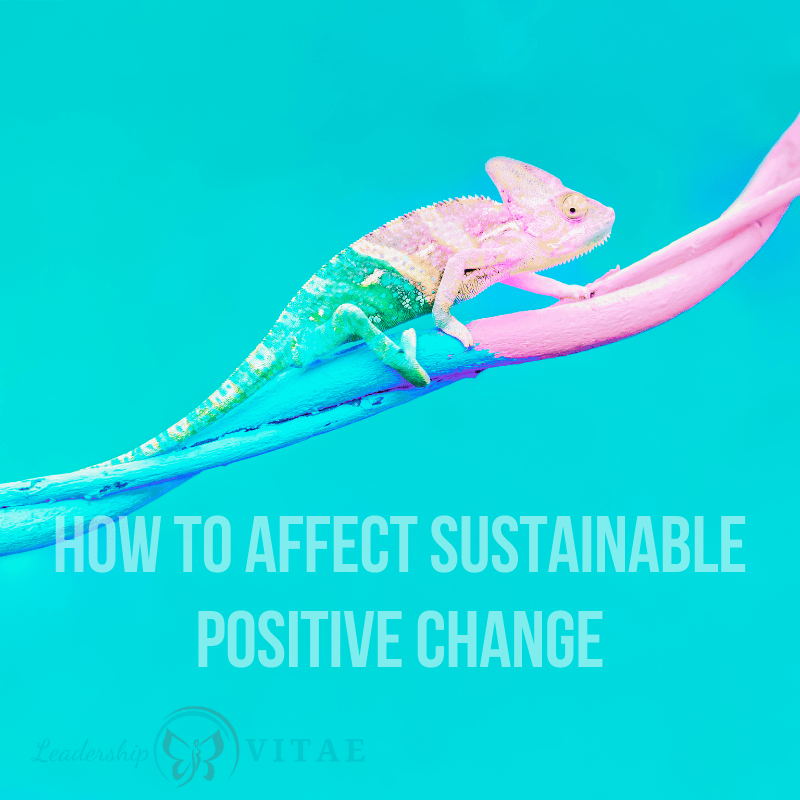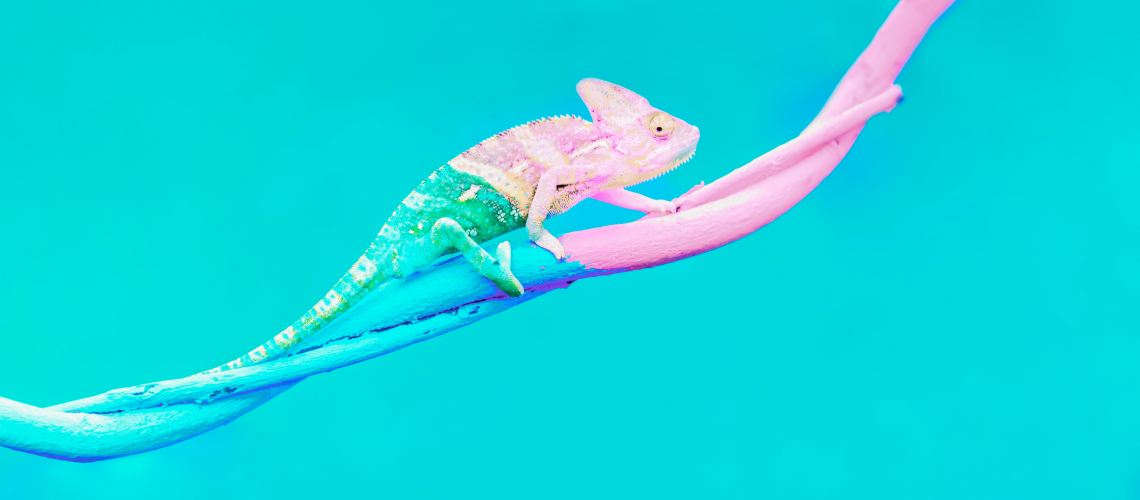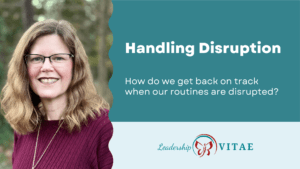
We were well into a coaching session, discussing a potential opportunity. The role sounded great, but my client had concerns about the leader. Someone he’s known for a long time and had prior experience with. Not all of it positive.
It sounded like the role could be risky, but it all predicated on one question. A doozy. “Do you think people can change?”
At first, he said no. That people fundamentally are who they are. Upon further reflection, he reconsidered and decided that we can change, while still staying core to who we are as a person.
How does such change happen? When we see a pattern of behavior in someone, can we believe in the possibility of change?
I might not have thought so, until a book changed my life.
The hero within
I was working with my executive coach, Carlotta, one day years ago. She looked at me oddly and said “You’re the warrior.” After a moment’s hesitation, I said “No sh*t.”
She chuckled, and then said that’s not what she meant. Though I do have a military background, she meant as an archetype. She recommended I read the book “The Hero Within.”
The book really did change my life. Until that point, I struggled with perception. Those that knew me trusted me and swore by me. Those that didn’t often had a negative first impression that had to be overcome.
I figured it was their loss. If they took the chance, they’d come to know me. If not, then no big deal.
When reading the book, I realized that the energy I put out could be easily misunderstood. In spite of my best intentions, I was leading with a foot that made it more difficult for others to receive me the way I thought I was sending.
I had a life changing epiphany. What it was isn’t important. What matters is that I suddenly had a WHY. A motivation that inspired change. I also had a WANT. An overwhelming desire to to achieve this new vision of myself.
Find your why and your want
We are all capable of change. We may have well-developed habits and behaviors that have been modeled, encouraged, and rewarded over the years. No matter how long we have practiced and embraced them, there is always room for change.
We need two things for change to happen and to stick. Our WHY and our WANT.
Our why is the reason or justification for a change. It doesn’t matter what the reason is, as long as it is meaningful to us. The why for change has to mean more to us than the attachment to our current thinking, actions, or behaviors.
Our want is our desire. It’s possible to have a solid why, but maybe not want it. We may still need help, resources, or support – but we’d have to have a desire to find them. To get what we need to achieve our why. Without motivation, we may be unwilling to put in the hard work to think, do, or behave differently.
Either one of these two elements may start a change. Yet there’s a reason why most new year’s resolutions are abandoned within the first two weeks of the year. Together, having both a powerful reason and commitment make the difference between an idea and sustainable change.
In my case, I finally understood how I was being seen from the outside in. I could put myself in others’ shoes for the first time. The power came from both that empathy, and the feeling in my core that I really wanted to help people. But that I was standing in my own way of sharing my gift with others.
My why and my want were so powerful, I couldn’t do anything but change. A journey I’m still on today, over a decade later.
Keep a growth mindset
For my client, and the me of long ago, while the why and want were important, there was one more ingredient. We also had to see ourselves as capable of change.
If we think we are static, fixed individuals, we may believe “this is who I am.” There’s not a lot of change that can happen with that mindset.
Instead, we open possibilities when we embrace our potential. That we are ever-evolving creatures, capable of growth and change.
A growth mindset lights the fire for change, while a fixed mindset is an extinguisher.
At the end of the coaching conversation, I asked one last question. “Do you think she’s committed to change?”
Sometimes, the fixed mindset isn’t just about ourselves. If others try to change, but we insist on seeing them the same, then we aren’t doing our part to reinforce it. We may continue to pull folks back from new behaviors into old patterns.
Unless he’s prepared to think she’s capable of change, and committed to it, then he’ll have a fixed mindset going into the role. At that point, it might not make much different what her intentions are.
If we want to see and believe changes in others, we have to be open to that possibility, and meet them part way. To encourage and support the new mindset, actions, and behaviors.
Next steps
Are you struggling with affecting and sustaining change? Here are some questions to consider.
- What is your WHY? Who or what is inspiring the change?
- What is your WANT? Do you have desire for the change that exceeds your desire for your current actions, mindset, or behaviors?
- What is your mindset? Are you “who and how you are” or capable of growth?
No path to change is easy. After a decade, I still have to actively practice and recommit to the change I imagined that day. Overcoming intrenched habits and patterns of behaviors takes time. But aligning our why, want and mindset makes it time well spent towards achieving and sustaining change.
Have you experienced significant and sustained change? What other steps or considerations would you recommend? Please add your thoughts in the comments.








